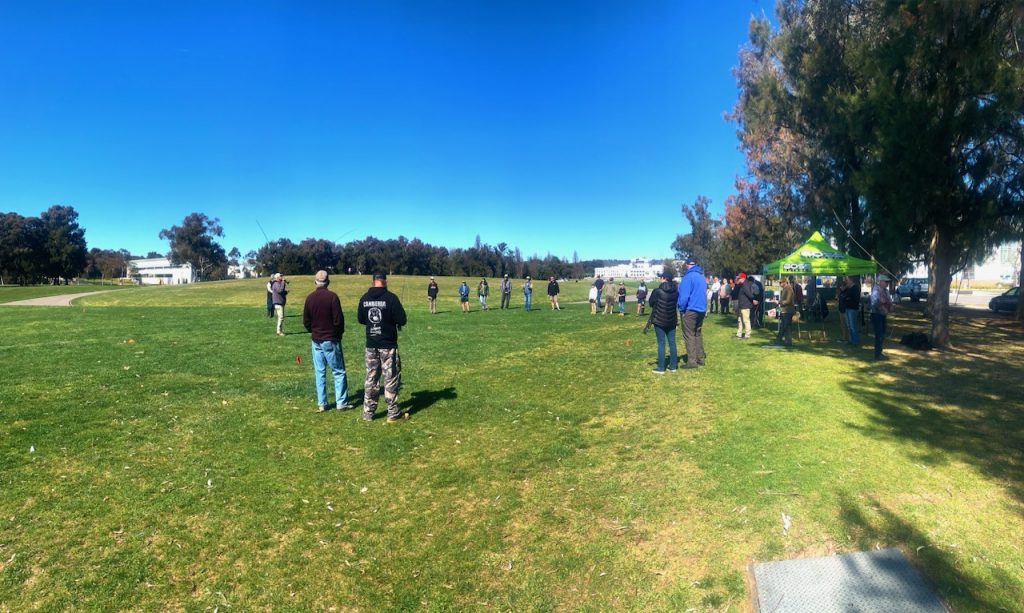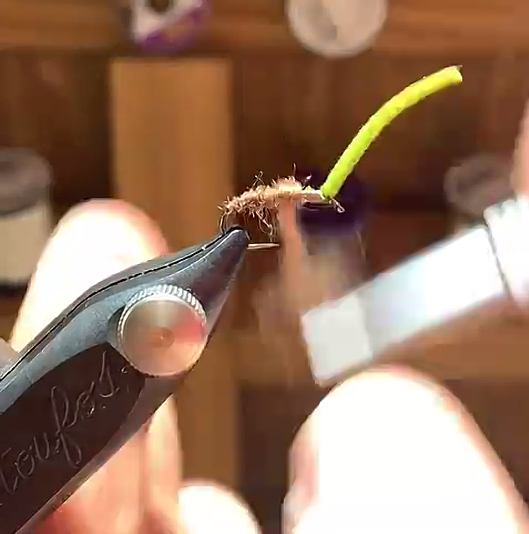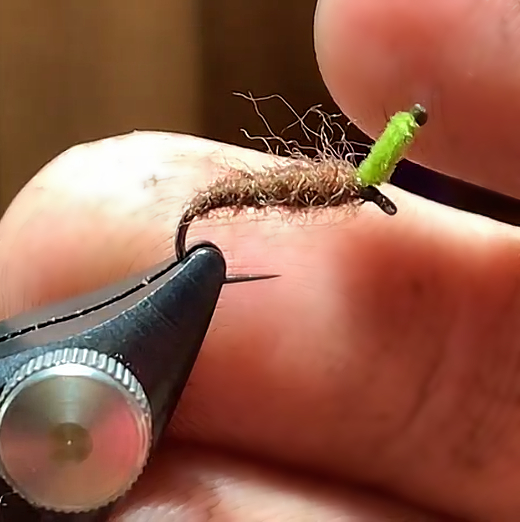In an earlier blog post I said that an independent study was to be undertaken. A recent post on Facebook by NSWCFA (reposted on our Facebook) called our attention to its release.
The link is to a covering letter and the Executive Summary so is a relatively short read (5 pages). It is a clear description of what happened and why, as well as things that need to be done.
Amongst others, the issue of carp is raised. The National Carp Control Plan (still under consideration by Federal and state governments and seemingly reliant on the carp herpes virus) is not mentioned by name, but the Chief Scientist’s report does recommend “an integrated national invasive fish species management strategy be finalised and resourced.”
The delay in decision making on the carp virus, the apparent lack of a ‘Plan B’ alternative to the virus, and the absence of any other/complementary carp control activities being currently undertaken, has been the subject of much correspondence by NSWCFA to NSW and Federal governments.














